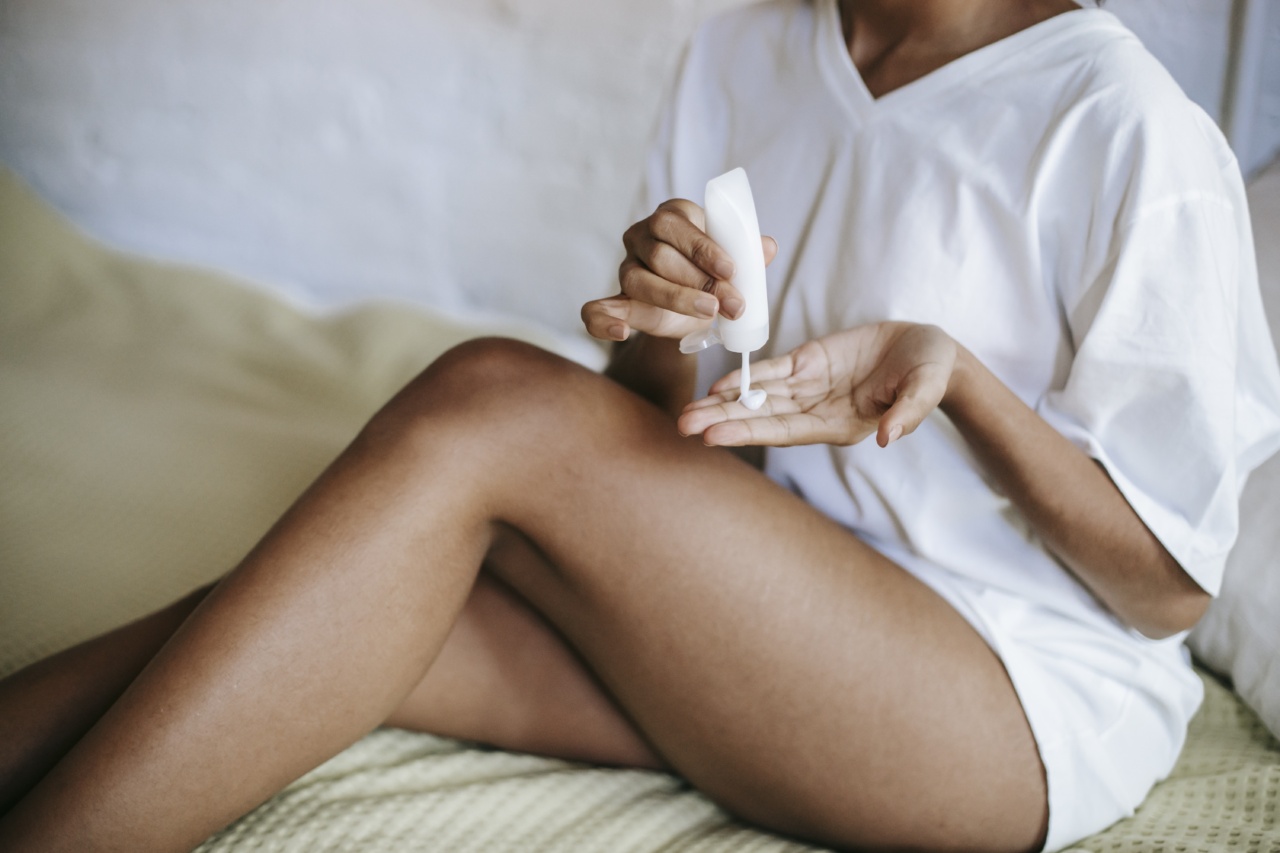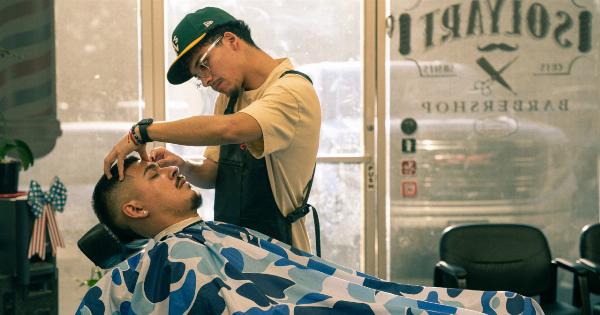Shaving is a common grooming practice that most people engage in to maintain a smooth, hairless body. While shaving may seem like a simple and harmless activity, it can be particularly dangerous when it comes to sensitive parts of the body.
Sensitive parts such as the pubic region, underarms, and face require a lot of attention, and shaving these parts can lead to a host of complications. In this article, we will discuss the dangers of shaving sensitive parts and why you should consider alternative methods of hair removal.
1. Razor Burns
Razor burns are one of the most common complications of shaving sensitive parts. They occur when the skin becomes irritated due to improper shaving techniques.
Razor burns can manifest as red, itchy patches on the skin and can be particularly irritating in sensitive areas such as the pubic region and underarms. To prevent razor burns, it is important to always use a sharp, clean razor, and to shave in the direction of hair growth.
2. Ingrown Hairs
Ingrown hairs occur when hair curls back into the skin after being shaved. This can happen when the hair is cut too close to the skin or when dead skin cells block the hair follicle.
Ingrown hairs can be particularly painful and can cause redness, itching, and inflammation. They can also lead to infection if left untreated. To prevent ingrown hairs, it is important to exfoliate the skin before shaving, use a sharp razor, and avoid shaving too closely to the skin.
3. Skin Irritation
Shaving sensitive parts can cause skin irritation due to the fact that these areas are more prone to develop rashes, bumps, and redness. Shaving can also cause the skin to become dry, itchy, and flaky.
It is important to moisturize the skin after shaving to prevent irritation. Choosing a moisturizer that is specifically designed for sensitive skin can also help to prevent irritation.
4. Infections
Shaving can cause tiny cuts in the skin which can facilitate the entry of bacteria and viruses into the bloodstream. This can lead to a host of infections such as folliculitis, cellulitis, and abscesses.
These infections can be particularly dangerous in sensitive areas such as the pubic region, underarms, and face. To prevent infections, it is important to always shave with a clean razor, and to avoid sharing razors with others.
5. Scarring
Shaving can cause scarring in sensitive areas if not done properly. This can happen when the skin is cut too deeply during shaving or when ingrown hairs are left untreated.
Scarring can be particularly troubling in sensitive areas such as the pubic region and underarms. To prevent scarring, it is important to always use a sharp, clean razor, and to avoid shaving too closely to the skin.
6. Increased Risk of Sexually Transmitted Infections
Shaving sensitive areas such as the pubic region can increase the risk of contracting sexually transmitted infections (STIs).
This is because shaving can cause tiny cuts in the skin, which can facilitate the entry of bacteria and viruses that cause STIs. To prevent STIs, it is important to always practice safe sex.
7. Increased Risk of Skin Cancer
Shaving can increase the risk of developing skin cancer in sensitive areas such as the face. This is because shaving can expose the skin to harmful UV rays, which can damage the skin and increase the risk of developing skin cancer.
To prevent skin cancer, it is important to always wear sunscreen when going outdoors, and to avoid excessive exposure to UV rays.
8. Higher Risk of Allergic Reactions
Shaving sensitive parts can also increase the risk of developing allergic reactions. This is because shaving can expose the skin to irritants such as shaving creams and lotions, which can trigger an allergic reaction.
To prevent allergic reactions, it is important to choose shaving creams and lotions that are specifically designed for sensitive skin, and to always do a patch test before using a new product.
9. Regrowth is Uncomfortable
Shaving can lead to uncomfortable regrowth, which can be particularly bothersome in sensitive areas such as the pubic region and underarms. Regrowth can cause the skin to become itchy, red, and inflamed.
It can also lead to ingrown hairs and infections if not properly managed. To manage regrowth, it is important to exfoliate the skin regularly and to avoid shaving too closely to the skin.
10. Other Hair Removal Alternatives to Consider
There are alternative methods of hair removal that you can consider instead of shaving sensitive parts. Some of these alternatives include:.
- Waxing
- Depilatory creams
- Laser hair removal
- Electrolysis
These methods are generally safer and more effective than shaving, and can provide longer-lasting results. It is important to research each method thoroughly and choose one that is best suited to your individual needs.
Conclusion
Shaving sensitive parts can be particularly dangerous and can lead to a host of complications such as razor burns, ingrown hairs, skin irritation, infections, scarring, and increased risk of STIs and skin cancer.
It is important to consider alternative methods of hair removal such as waxing, depilatory creams, laser hair removal, or electrolysis. If you must shave, be sure to use a sharp, clean razor, and to shave in the direction of hair growth to prevent complications.


























